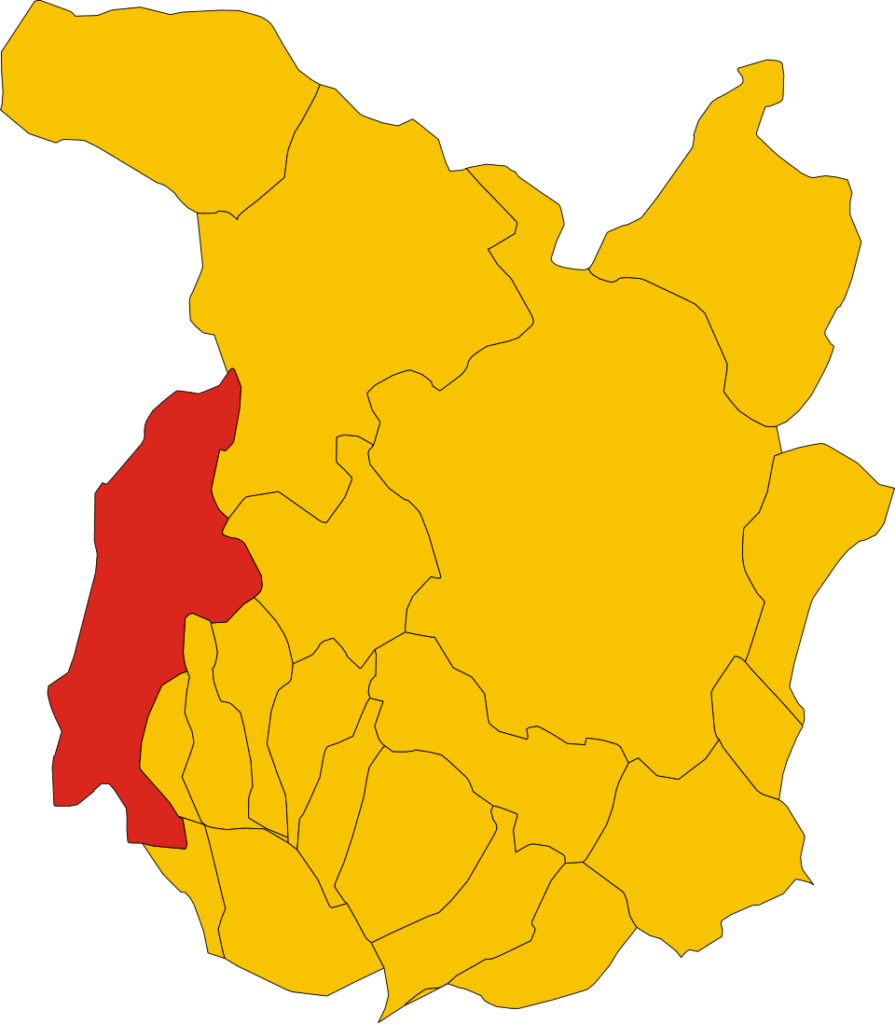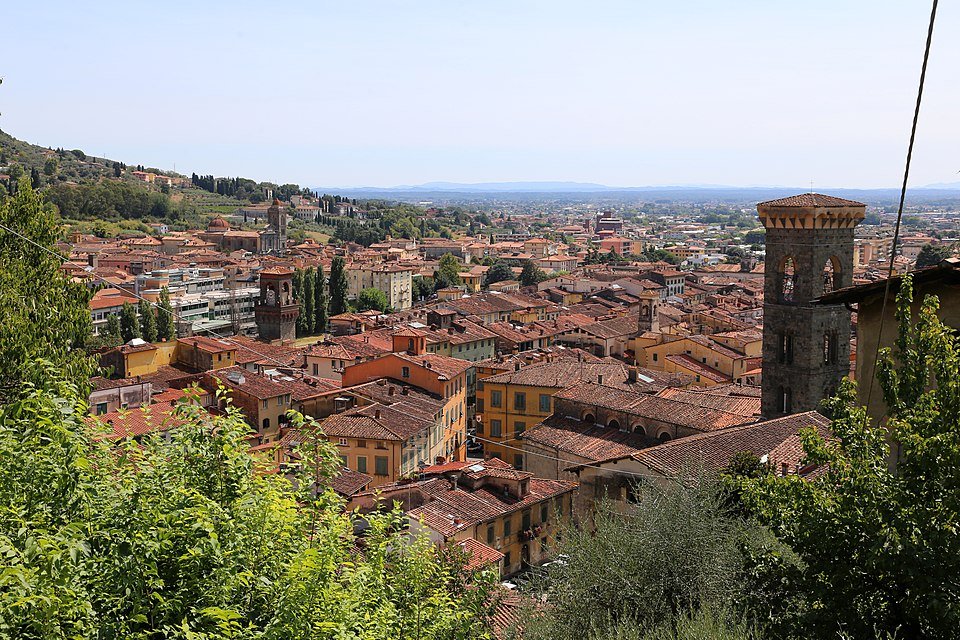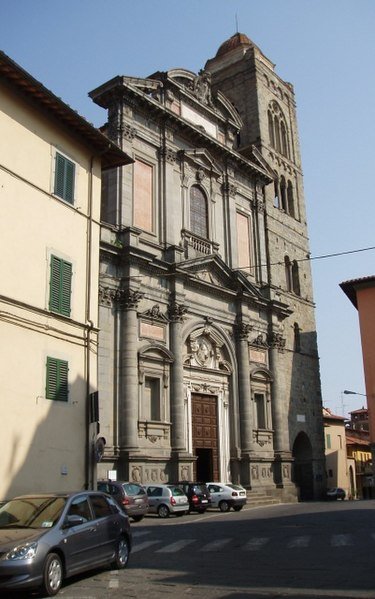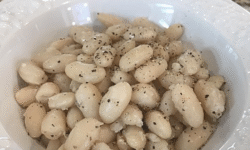Pescia
Comune in the province of Pistoia
Earth, Europe, Italy, Tuscany, Province of Pistoia

Introducion
Pescia is a town located at the northwestern edge of the Valdinievole, along the valley of the Pescia River, and has historically been its main center. The town is renowned for its floriculture, especially the cultivation and trade of carnations, and for its paper production. A major attraction is Collodi, a hamlet famous for being the childhood home of Carlo Lorenzini, author of Pinocchio. Pescia’s historic center is divided into four districts: Ferraia to the northwest, San Francesco to the east, Santa Maria at the city’s core, and San Michele to the southwest. These neighborhoods, inhabited by musicians, dancers, archers, and flag-wavers, compete every September in the traditional Palio dei Rioni.
| Area (km² / sq mi) | 79.18 |
| Population | 19.262 (2024) |
History of Pescia
Based on archaeological discoveries and historical records, Pescia’s origins are attributed to the Lombards, who established a settlement in the area. The name of both the river and the town derives from a Lombard word adapted into Latin, “pehhia,” stemming from the Germanic root *bak-, meaning “river” or “stream,” as reflected in the German “Bach” and English “beck.”
About three centuries after its founding, the independent city of Pescia became embroiled in the conflicts between the Guelphs and the Ghibellines. Aligned with the Ghibellines, it clashed with Lucca, a Guelph stronghold, suffering destruction in 1281. Reconstruction began shortly after, aided by the Lucchese themselves. During the Middle Ages, Pescia was contested by Florence and Lucca, positioned on the border between the two republics. After a failed invasion attempt by Pisa, the city came under the control of the Republic of Florence.

The local economy was primarily based on the cultivation of mulberry trees and the farming of silkworms, an industry credited to Pescia native Francesco Buonvicini, who is believed to have secretly introduced it from the East to Europe. In 1519, the Pieve of Santa Maria of Pescia was elevated to the status of prepositura, granting it nearly episcopal powers. In 1699, Cosimo III de’ Medici officially declared it a city. In 1727, the Diocese of Pescia was established as a bishopric directly subordinate to the Holy See. During Napoleon’s campaign through the region, local agriculture was forcibly shifted from silk production to sugar beet cultivation to supply his army, which severely impacted the town’s economy.
Following the annexation of the Duchy of Lucca into the Grand Duchy of Tuscany in 1849, Pescia was incorporated into the Lucca district and later became part of the province of Lucca after Italian unification. Over time, several hamlets were incorporated into the comune (municipality). It was only after World War I, with the establishment of the province of Pistoia, that the Valdinievole area, including Pescia, was transferred to its jurisdiction in 1927. During World War II, Pescia served as an internment site for Jewish refugees and as a refuge for Italian Jews, thanks notably to the intervention of Bishop Angelo Simonetti, who helped them survive under false identities.
After the war, the city quickly recovered, founding the Old Flower Market and later the New Flower Market, establishing itself as an important global center for the floriculture industry.
Monuments and points of interest in Pescia
Pescia hosts numerous important historical buildings, such as the Palazzo del Vicario dating back to the 13th and 14th centuries, now serving as the municipal headquarters, and the Palazzo del Podestà, also known as the Palagio, built between the 12th and 13th centuries and currently housing the Libero Andreotti plaster cast gallery. Other prominent sites include the Villa Sismondi, which accommodates the public library, the Cathedral of Santa Maria Assunta, the Gothic-style Church of San Francesco, and the Oratory of the Madonna di Pie’ di Piazza, constructed in the 15th century by Andrea Cavalcanti, nicknamed il Buggianino.
Regarding modern architecture, notable examples include the Old Flower Market, built in 1951 and inspired by post-war Italian rationalism, designed by a team led by architects Leonardo Savioli and Leonardo Ricci, and the Comicent, the current flower market facility near the railway station, constructed in 1968. Additional architectural points of interest include Villa La Guardatoia, the Scaglietti-Arcangeli Chapel, the historic Ancient Lucchese Post Road, the Casa del Fascio, and the 18th-century Pacini Theater.

In the nearby village of Collodi, visitors can explore the splendid Villa Garzoni and the Pinocchio Park, designed by Pietro Porcinai and featuring sculptures by artists such as Emilio Greco and Venturino Venturi. Outside the park stands the Osteria del Gambero Rosso, housed in a building designed by Giovanni Michelucci.
The city also boasts numerous parish churches, minor chapels, several oratories, and historic convents and monasteries. Among its public buildings are the Palazzo del Vicario, Palazzo del Podestà, Palazzo Magnani, and Palazzo Piacentini-Benedetti. The urban fabric is enriched by noble residences such as Palazzo Galeffi-Cappelletti, Palazzo Turini, and Palazzo Cecchi, along with aristocratic villas including Villa di Ricciano, Villa Chiari, and Villa Valdiserra. Pescia is also home to key cultural institutions like the Libero Andreotti Plaster Cast Gallery, the Civic Museum at Palazzo Galeotti, the Paper Museum in Pietrabuona, and the San Michele Art Gallery.
Traditional recipes of Pescia
Traditional products of Pescia
Source(s):
https://it.wikipedia.org/wiki/Pescia
Photo(s):
1. Vonvikken, Public domain, via Wikimedia Commons
2. Sailko, CC BY-SA 4.0 https://creativecommons.org/licenses/by-sa/4.0, via Wikimedia Commons
3. Miomiomio, CC BY 3.0 https://creativecommons.org/licenses/by/3.0, via Wikimedia Commons


